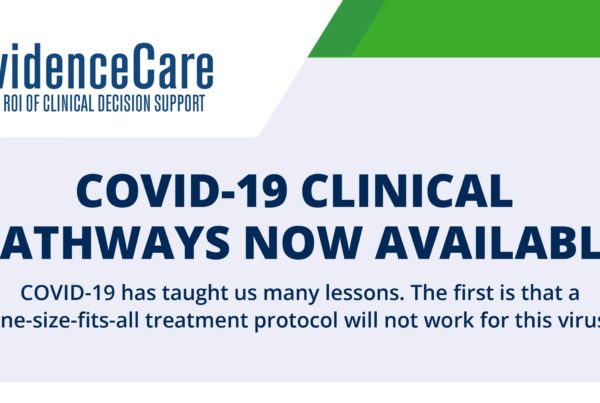In an effort to make America the healthiest nation by 2030, the American Public Health Association is leading the observance of National Public Health Week starting today through April 8.
The campaign is part of the larger efforts of the American Public Health Association to raise awareness of the steps communities and individuals can take to promote a healthier culture in the U.S. Each day of National Public Health Week has a different theme to raise awareness of the several public health arenas we can all work towards improvement in. These themes include behavioral health, communicable diseases, environmental health, injury and violence prevention, and ensuring the right to health.
A keynote address from U.S. Surgeon General Jerome Adams, MD, MPH, kicked off the week today at 1 p.m. ET at the Barbara Jordan Conference Center in Washington D.C. A panel of experts discussed the week’s daily themes following the address.
The rest of the week there are events held around the country by various organizations. To find one near you, view the map of events here. There are also virtual ways to participate, such as an environmental health webinar on April 2, a Twitter chat on April 4, and Student Day on April 5.
EvidenceCare and Public Health
This week is important to EvidenceCare, as increased public health awareness helps create a better environment for clinicians and patients. We want to help combat the stigma of the doctor’s office being a scary place by providing clinicians with patient education tools and resources to explain treatments and options to patients at the bedside.
By improving the clinician/patient relationship, we hope to encourage patients to come in for their annual exam, keep up with medications, and feel empowered when it comes to their healthcare. We also want you as a clinician to meet your goals and spend quality time with your patients — the reason you went into medicine in the first place. EvidenceCare tailors our evidence-based information to the patient you’re treating right then, allowing you to make a treatment decision in 30 seconds or less. Our tool can even integrate with your EHR, cutting your time in front of a computer even more.
To learn more about how this tool could change your practice, visit our homepage. Or, since it’s free and all, you can just give it a try, no questions asked. For real, it’s free.









